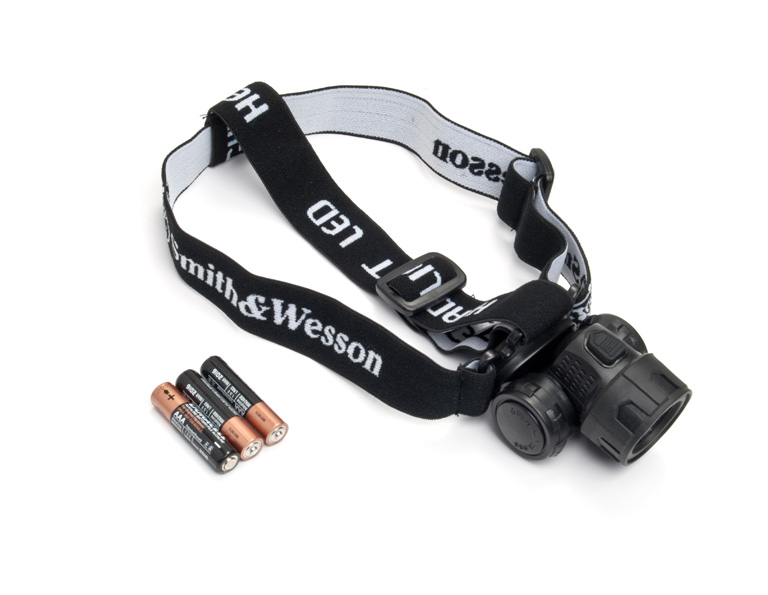 I didn't plan on riding to the top of Mount Diablo, and I certainly didn't plan on doing my first such ride on one of the coldest days of the year. But last night I noticed that Different Spokes San Francisco was running a ride today, and I decided to head up to Walnut Creek to see what would happen.
I didn't plan on riding to the top of Mount Diablo, and I certainly didn't plan on doing my first such ride on one of the coldest days of the year. But last night I noticed that Different Spokes San Francisco was running a ride today, and I decided to head up to Walnut Creek to see what would happen.From our starting point at the BART station, the 3,849-foot summit looked quite challenging, and the mountain certainly did not disappoint. Honestly, though, the climb was not as challenging as I had feared. There was an easy bailout available just past the halfway point, but I felt confident (and/or foolish) enough to continue on to the top. My reasoning was that I'd never gotten so close to the summit before, so I had to at least try.
There were certainly difficult segments, especially when the road briefly cranked up to grades of well above 10%. But most of the way, the incline was a more reasonable 5% to 7%, a level at which I can comfortably spin in my lowest gear without having to pump and exert on each stroke. Diablo veterans know, however, that the final 0.1 mile before the summit is a nasty, nasty climb of more than 15%, and by then I was sufficiently worn out that I needed to take a break halfway up.
 But then came the descent. I, of course, never descend too fast anyway, and I had to descend about 12 miles in freezing temperatures. How cold? The temperature sensor on the reporting station at the summit is apparently broken, but at 2,040 feet, today's highest temperature was apparently 40 degrees. Add in the wind from descending, and that's cold.
But then came the descent. I, of course, never descend too fast anyway, and I had to descend about 12 miles in freezing temperatures. How cold? The temperature sensor on the reporting station at the summit is apparently broken, but at 2,040 feet, today's highest temperature was apparently 40 degrees. Add in the wind from descending, and that's cold.I had "winter" gloves and a face mask, and I was wearing long fleece pants over my long-legged cycling pants. I had a thick jersey, a vest, boots over my shoes, and a jacket. It was not enough. I made it down the first 4.5 miles to the ranger station, but by that point my fingers were frozen and numb and quite possibly on the verge of injury. I needed quite some time -- most of which was spent sitting on my hands and sticking them inside the fleece -- to get myself ready to continue. I decided to retrace my route on North Gate Road rather than go down South Gate Road as the route sheet said, mostly because I didn't want to have to deal with an unfamiliar road in the challenging conditions. Even then, I had to stop again partway down for another warming break. Fortunately, the temperature increased slightly with the lower altitude ... but today's official high in Concord was only 46 degrees.
 Once out of the park, it was a mostly uneventful -- and slightly downhill -- final few miles back to the BART station and my car's heater. The other four riders (who had decided not to attempt the summit after a minor medical issue came up) had already left, so I didn't feel too bad about "cheating" and skipping the South Gate Road part of the ride.
Once out of the park, it was a mostly uneventful -- and slightly downhill -- final few miles back to the BART station and my car's heater. The other four riders (who had decided not to attempt the summit after a minor medical issue came up) had already left, so I didn't feel too bad about "cheating" and skipping the South Gate Road part of the ride.With this ride, I finish the year at 7,091 miles of cycling, which is my most ever ... and a level that I'm not likely to match in 2011 or any other year. The time spent reaching this milestone was substantial, and I often cycled at the expense of other activities that could have improved my overall fitness -- and made climbs like today's less painful.
But I can now say, like countless "real" cyclists, that I've made it to the top of Mount Diablo. I'm just not feeling the need to do it again any time soon.









